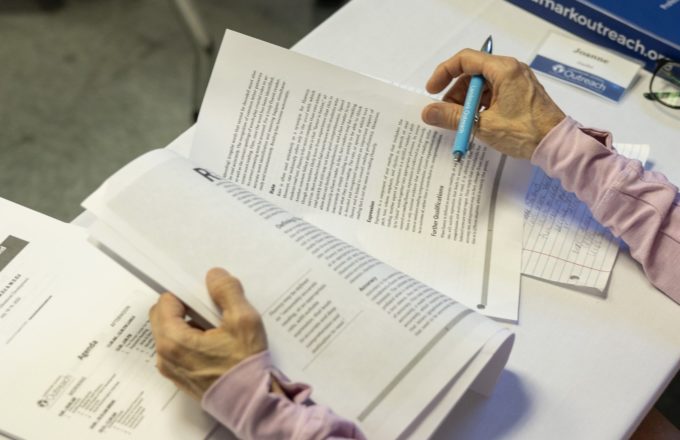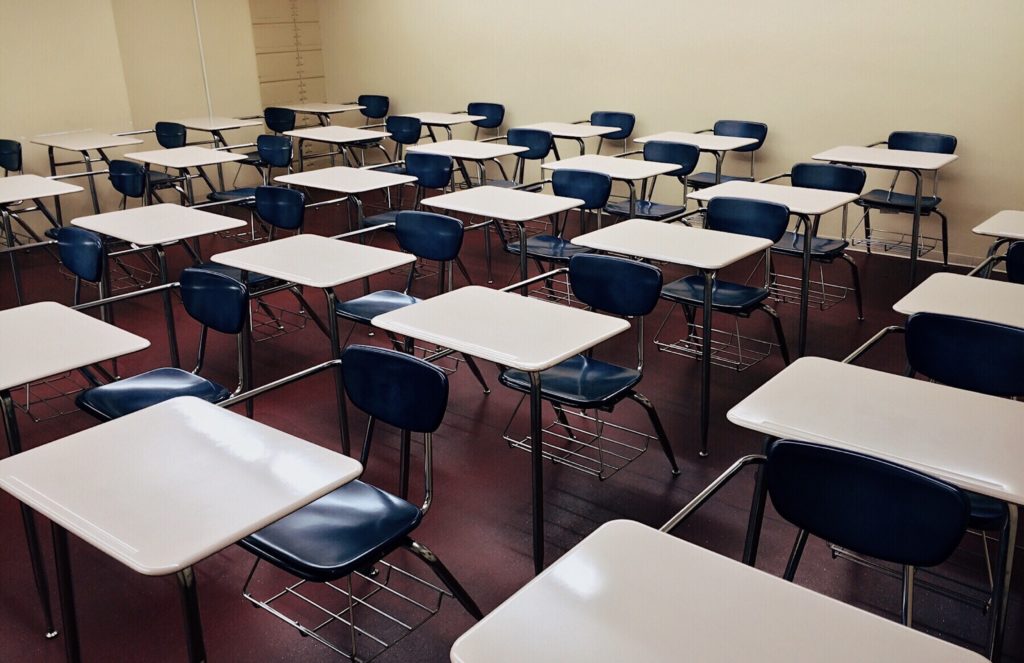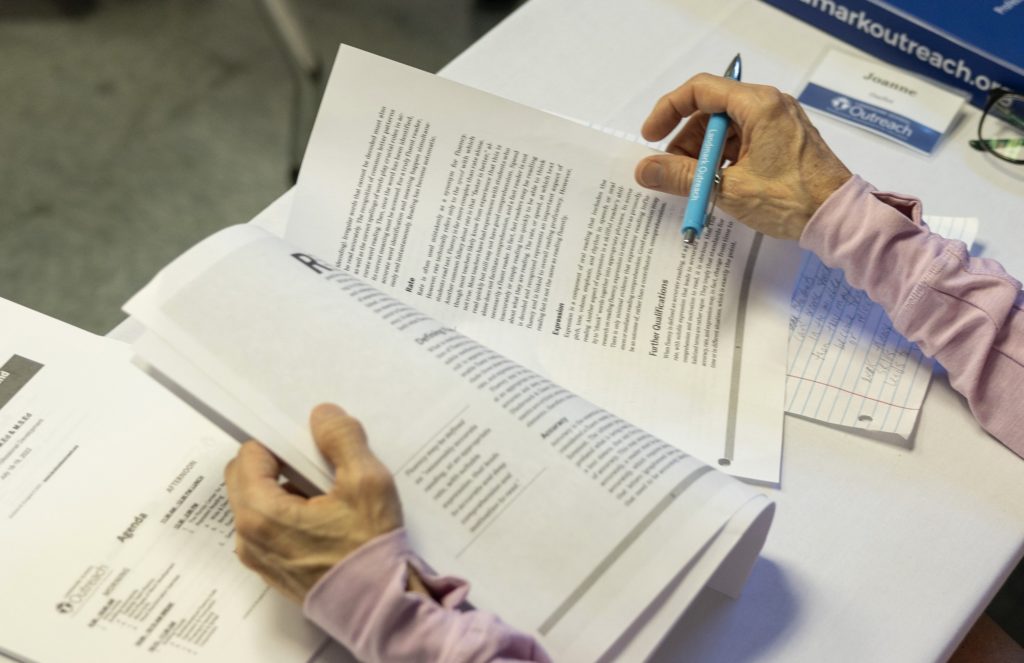We’re Not Hardwired for Reading
Decades of research in the fields of literacy and neuroscience have helped to articulate what happens in the brain when we read. A crucial takeaway from this body of research is that the human brain is not hardwired for reading, meaning that for most people to learn to read they need to be explicitly taught. Unlike walking and talking, which we can learn to do simply by observing those who have mastered these skills, the human brain is not structured for learning how to read through simple exposure to print and language. Reading requires that we are explicitly taught the codes of our many languages. We must understand and internalize the relationship between the sounds of a language and the symbolic representation of those sounds.
Many researchers have used functional Magnetic Resonance Imaging (fMRI) scans to map the brain activity of both struggling and proficient readers. In Overcoming Dyslexia (2020), Dr. Sally Shaywtiz, noted author, dyslexia advocate, and neuroscientist, explains the history of brain imaging and what research (done by herself and others) has revealed about reading and the brain. Using fMRI, she noticed that different parts of the brain respond to language stimuli, showing which parts of the brain work together to allow for fluent and quick reading. She highlights that there are two main neural pathways identified for reading:
Parieto-temporal pathway: Located in the middle of the brain, when this region is engaged, readers slowly analyze words letter by letter, sound by sound, and link the two together. This pathway is used for unfamiliar, decodable words or for beginning readers who must decode every word they encounter (Shaywitz 2020, p. 75).
Occipito-temporal pathway: Located in the bottom or posterior of the brain, when this region is engaged, readers react instantly and recognize familiar words, activating what the word means and all of its relevant connections. Shaywitz says that,“the more skilled the reader, the more she activities this region. It responds very rapidly – in less than 150 milliseconds (less than a heartbeat) to seeing a word” (Shaywitz 2020, p. 76).
Shaywitz and other’s research summarizes that skilled fluent readers naturally activate these interconnected neural pathways to be able to read and understand without effort. But for individuals with dyslexia, these pathways do not communicate effectively. In order to compensate for the lack of communication between these neural pathways, individuals with dyslexia use secondary pathways that rely on manual systems for decoding words, and this alternate route to decoding and recognizing words hinders rapid sight word development and slows down reading fluency (Shaywitz 2020, p. 80).
Shaywtiz routinely emphasizes that research has also established that the reading difficulties of individuals with dyslexia is something that exists within the structure of that person’s brain, “that the wiring glitch is present from the start of reading and does not represent the end result of poor reading” (Shaywitz 2020, p. 79).
References
Shaywitz, S. E., & Shaywitz, J. (2020). Overcoming dyslexia: A major update and revision of the Essential Program for reading problems at any level, incorporating the latest breakthroughs in science, educational methods, technology, and legal accommodations. Alfred A. Knopf.



